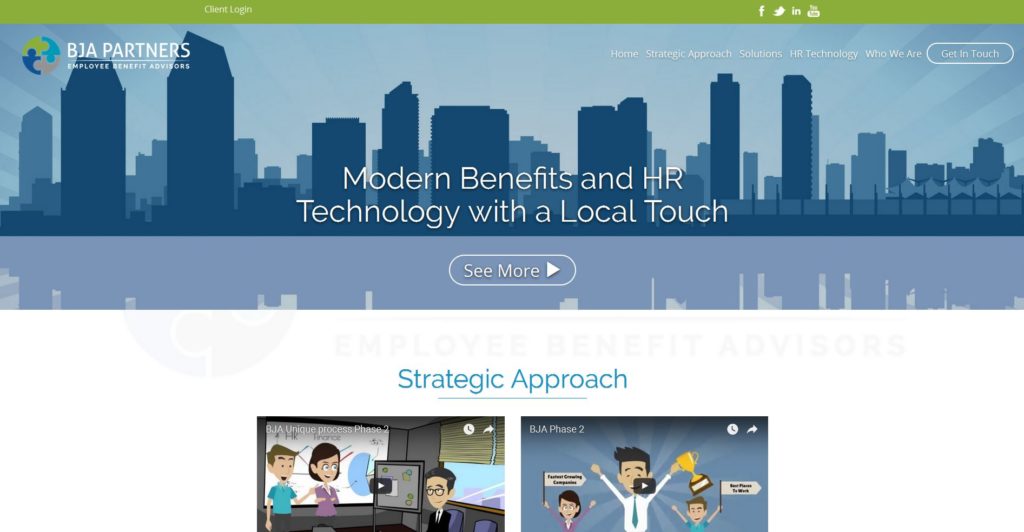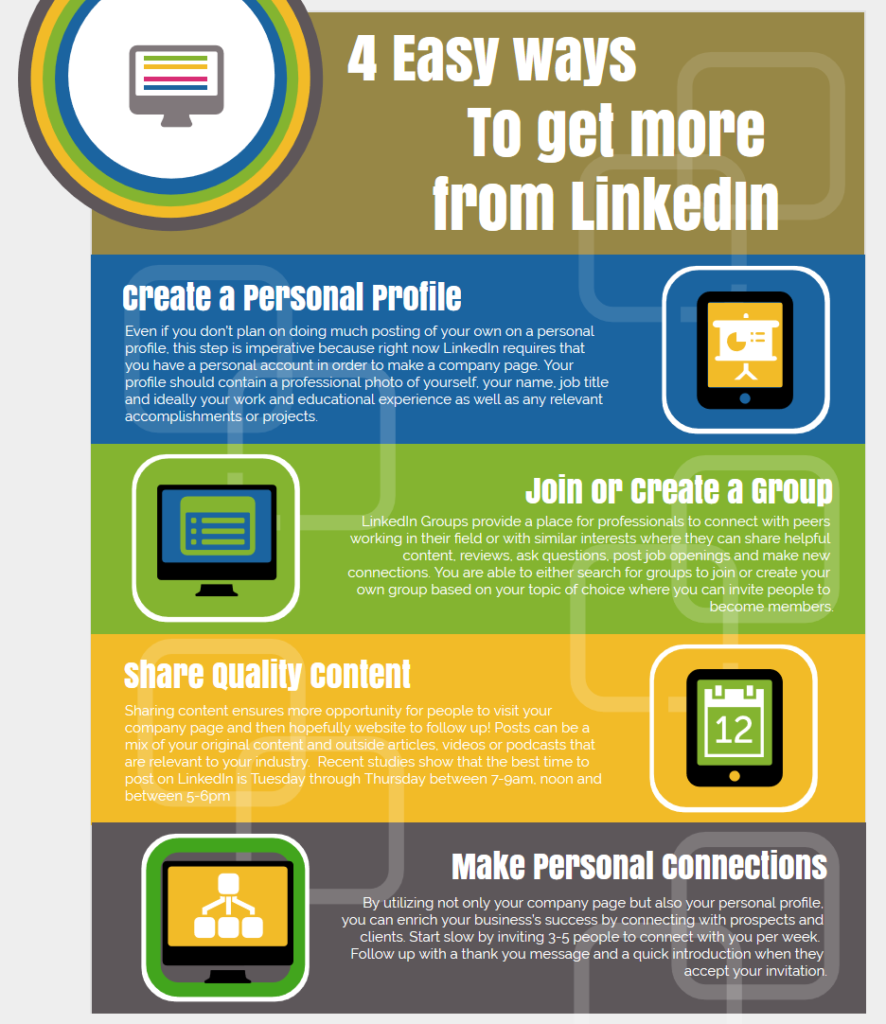How much time are you devoting to your Facebook business page? If it’s something you created awhile ago but don’t regularly review, you may be missing a valuable way to grow your business.
Whether your goal is to boost sales, engage with current and prospective customers or simply build awareness of your brand—having a Facebook strategy in mind will enable you to use this immensely popular resource more effectively.
Here are tips for generating content that gets Facebook users hooked and coming back for more:
1. Offer value.
Your Facebook page is a great venue for updates on your business, but don’t get carried away. People don’t want or need an in-depth report on your latest company picnic. Instead, offer greater value by combining a timely mix of content about your business (product tips, sales events, behind-the-scenes items and photos) with third-party content, such as links to industry blogs and forums. This builds your credibility as a resource of value to users.
Try including a regular weekly or monthly feature, such as a “discount of the week” with a special offer on a product or service. Let fans know this is an ongoing feature, so they’ll come back next time as well.
2. Be strategic with images.
Don’t post stand-alone photos of your products or services. Show them being used by happy, satisfied customers. Also, make it easy for fans to tag photos of their own, wherever they use your product or service, and share these as well.
3. Avoid lengthy posts.
You might find every aspect of your business fascinating, but a long, rambling posts will never garner the likes, shares and comments you’re looking for. If you want fans to read your posts, keep them short and sweet, generally between 100-250 characters. (Even shorter posts of 60-80 characters are likely to be more easily absorbed by fans with rapid-fire attention spans.)
4. Focus on engagement.
How can you stimulate users to get involved with your business? Try asking questions and offering polls that invite a response. At the end of a post, remember to invite fans to comment, like or share. When people do respond, keep the conversation going with comments of your own.
5. Connect like a friend, not a business.
Facebook is all about the personal experience, so treating it simply as a promotional outlet will get you nowhere. Post news and updates in a simple, informal and fun way. No marketing hype or press release stuff!
Facebook milestones are one area where a little self-promotion won’t hurt. When you hit 1,000 fans or get 100 or 200 likes for a post, share the news. This makes people feel they’re part of a growing community.
Other content-related tips:
Always link back to your business website and other social media accounts. This boosts your page’s search engine rankings, thus increasing your potential visibility with prospective customers.
Scramble content between posts, videos, photos, contests, polls, etc. Keep things lively and unexpected!
If you run into a dry spell, look to your archives for posts or fans’ comments that can be repurposed or given a new spin. Posts relating your business to pop cultural events are always a hit with Facebook users.
By staying focused on a key principle—Facebook is less about marketing and sales and more about conversations and relationships—you’ll come up with plenty of ideas for content that builds a growing and enthusiastic group of followers.
Read More …






